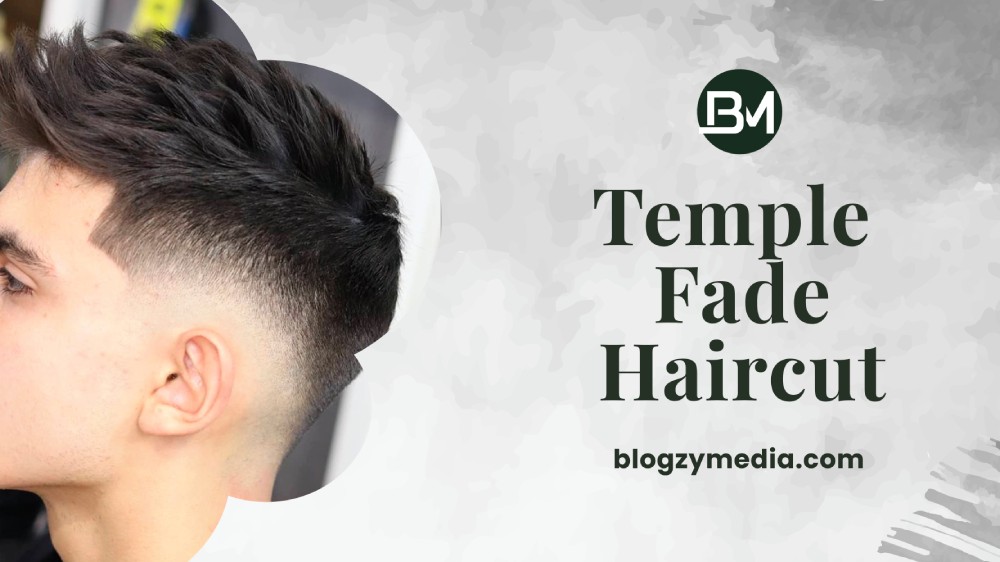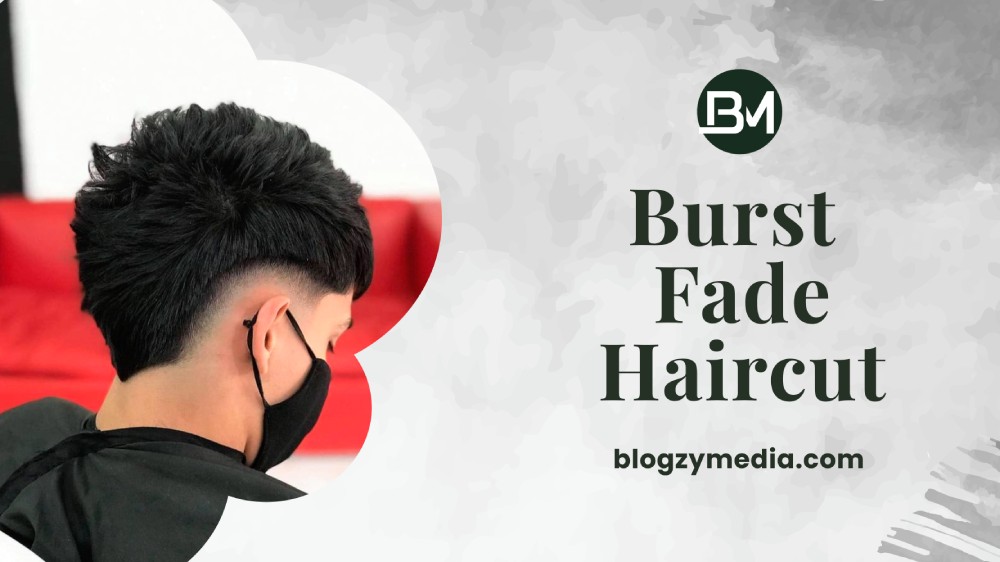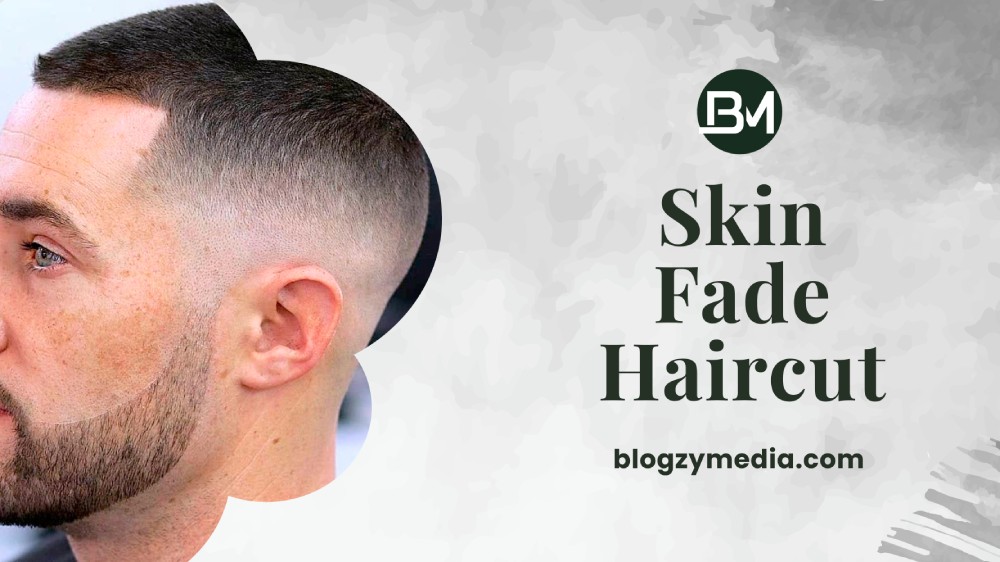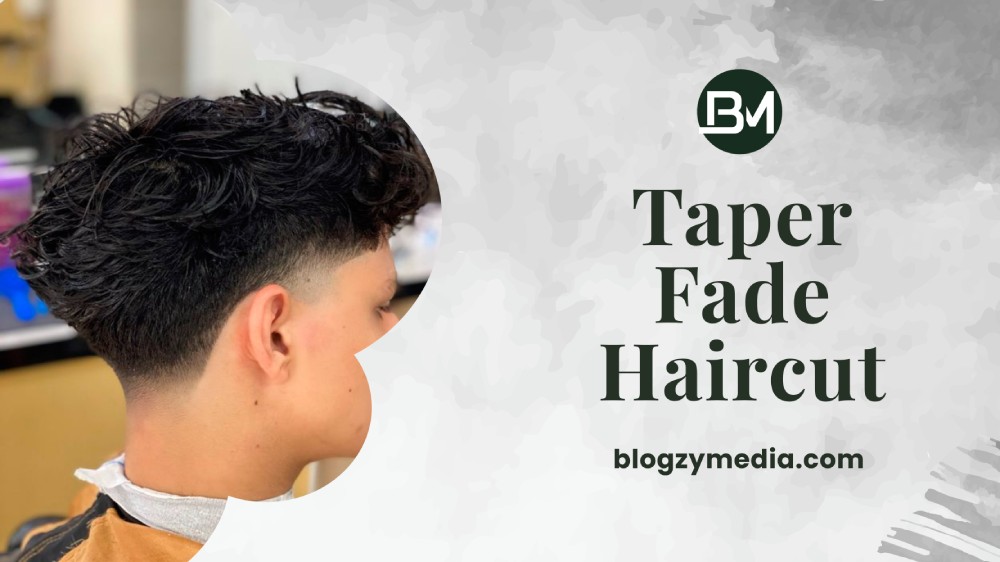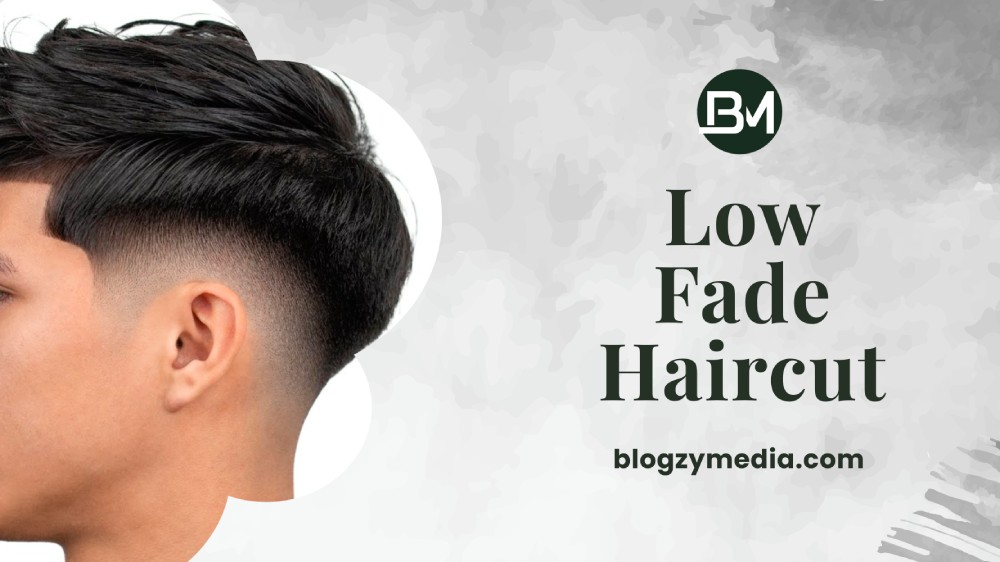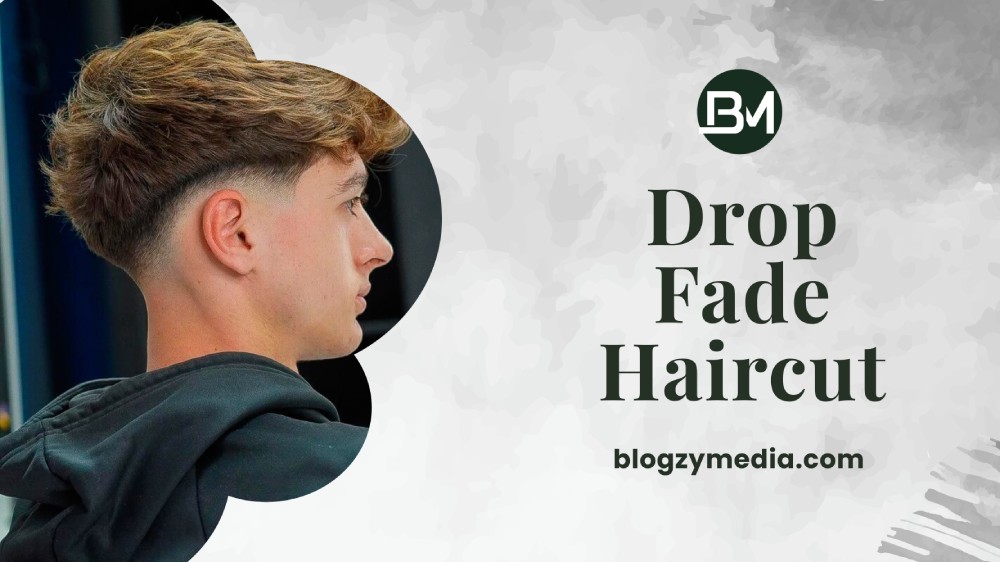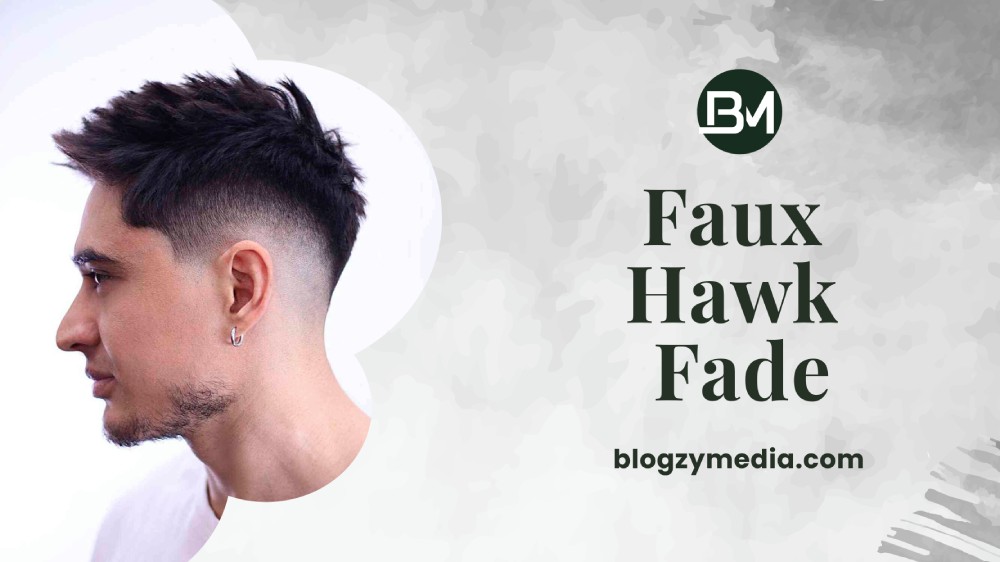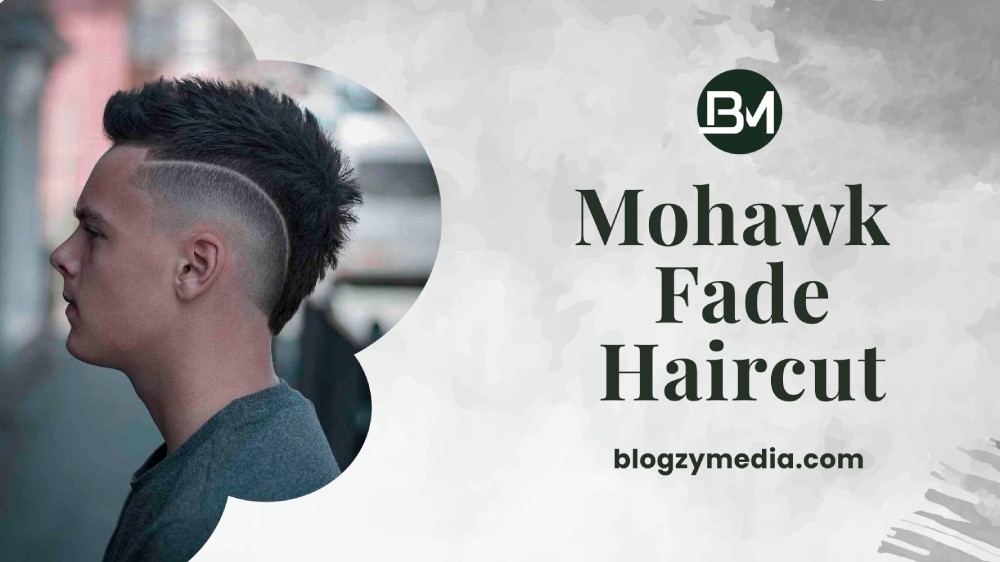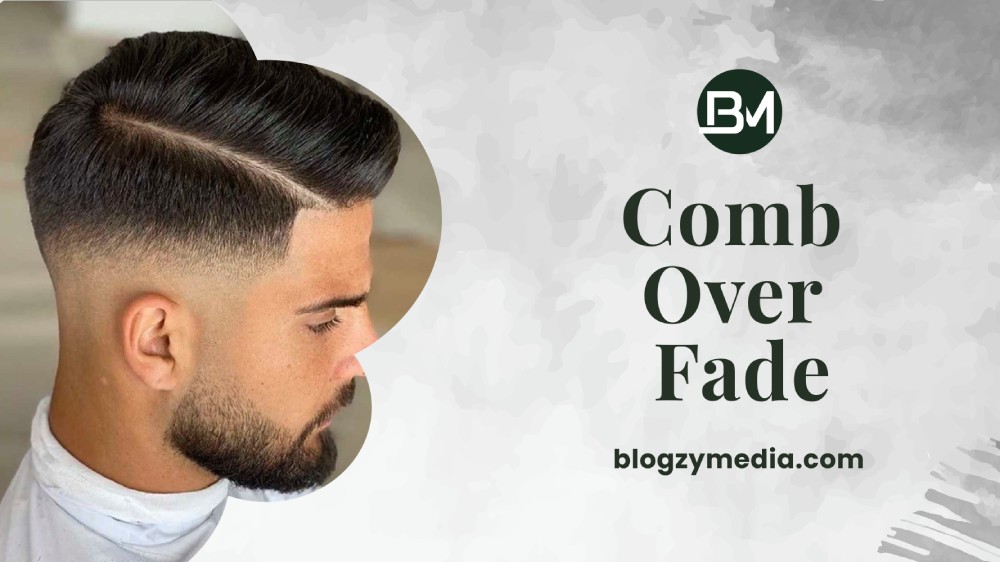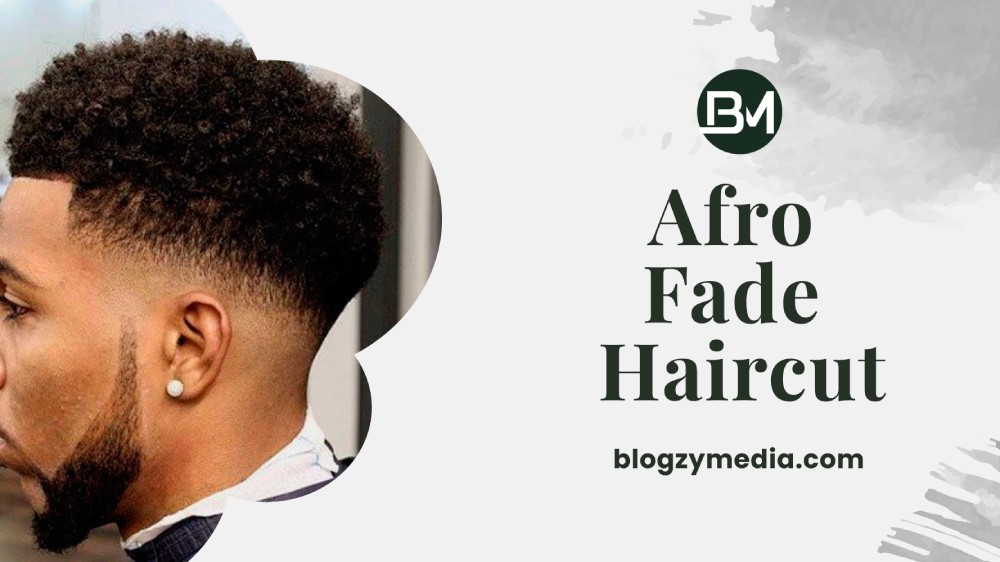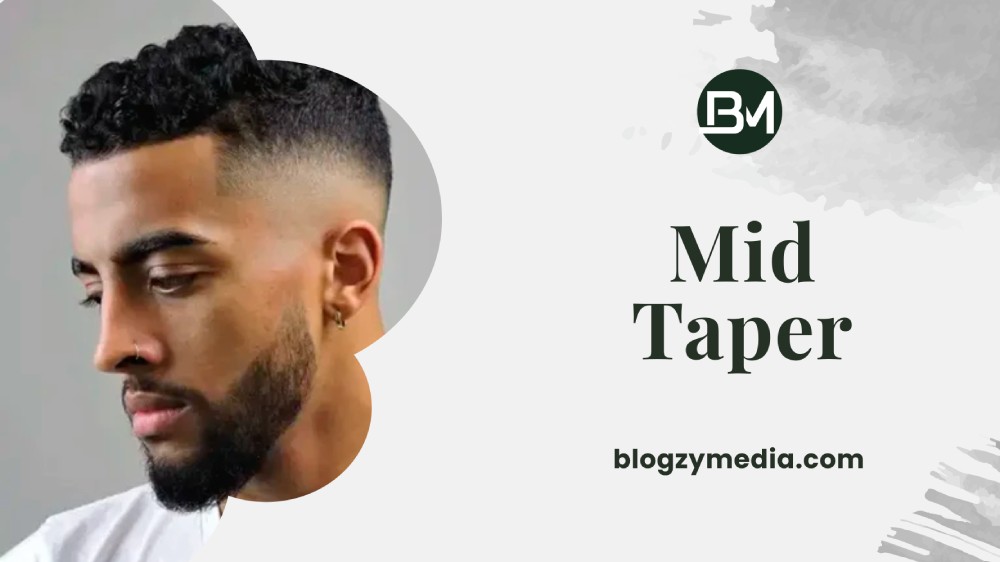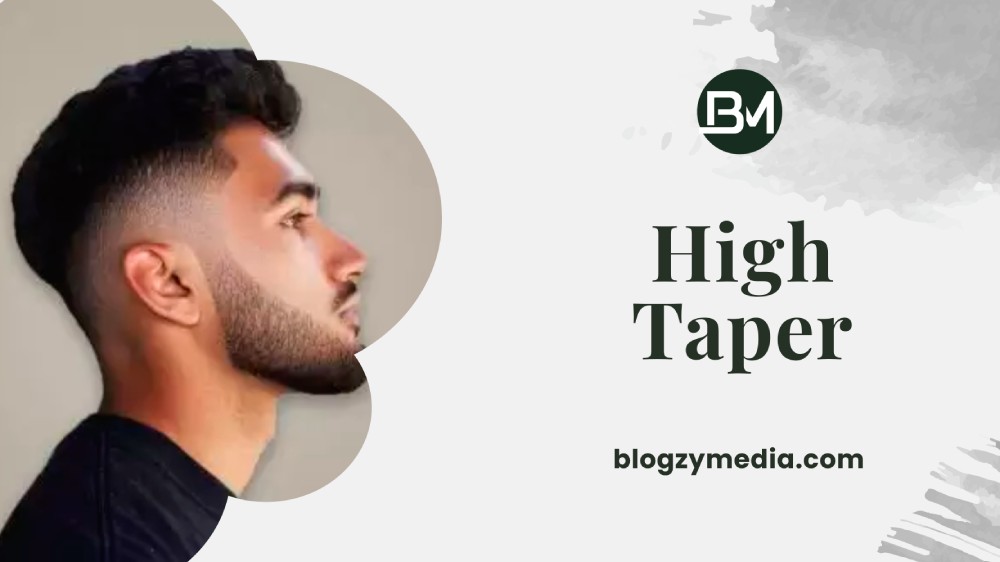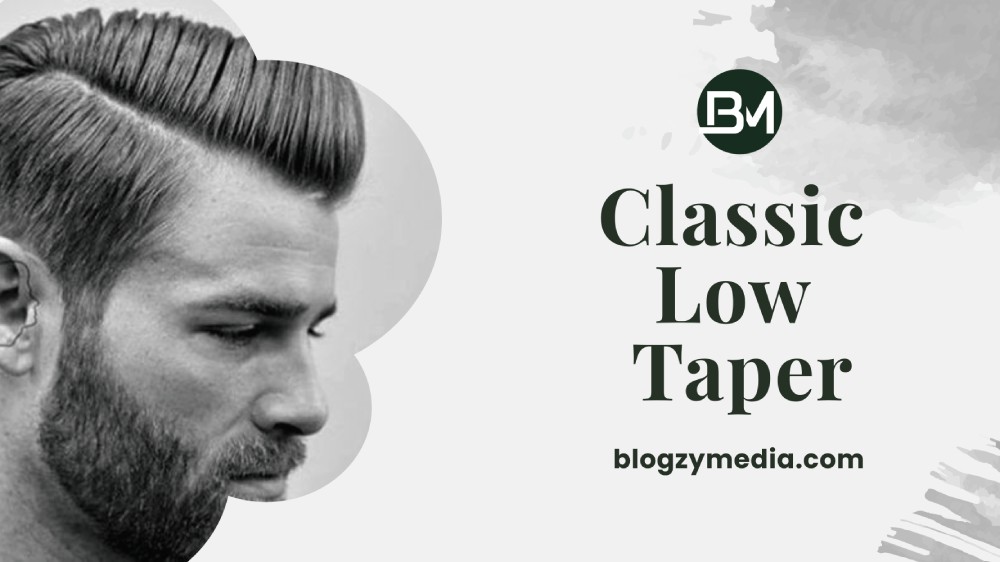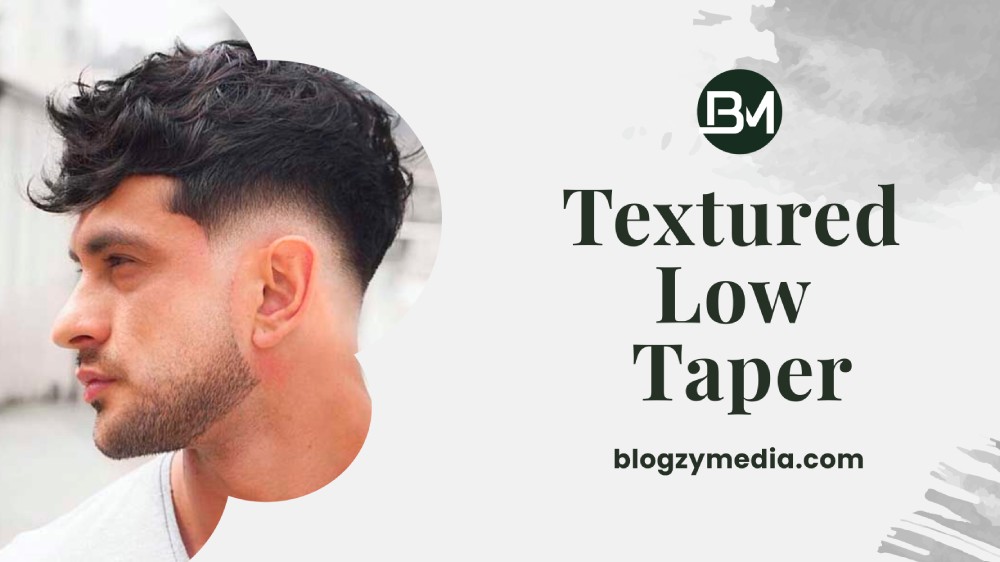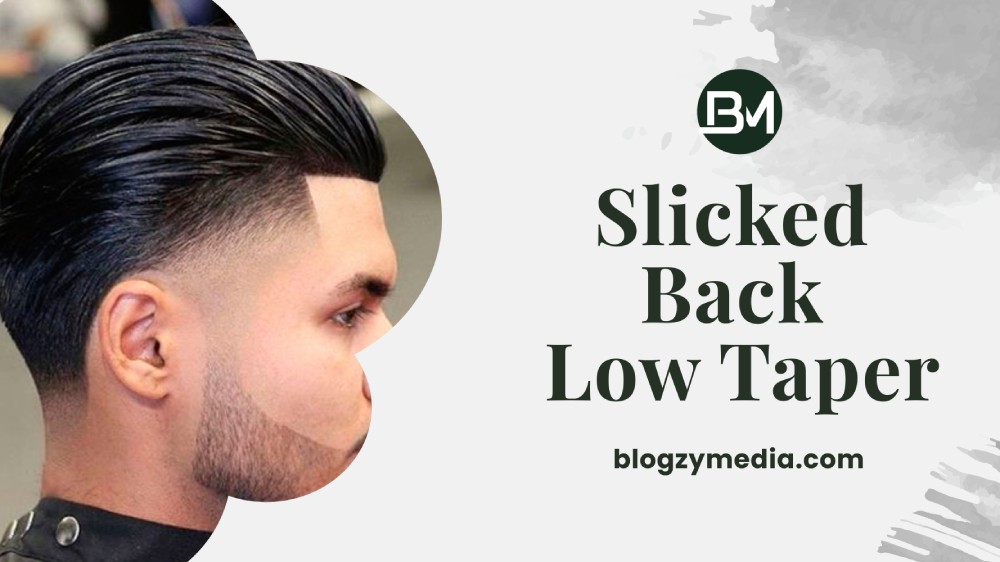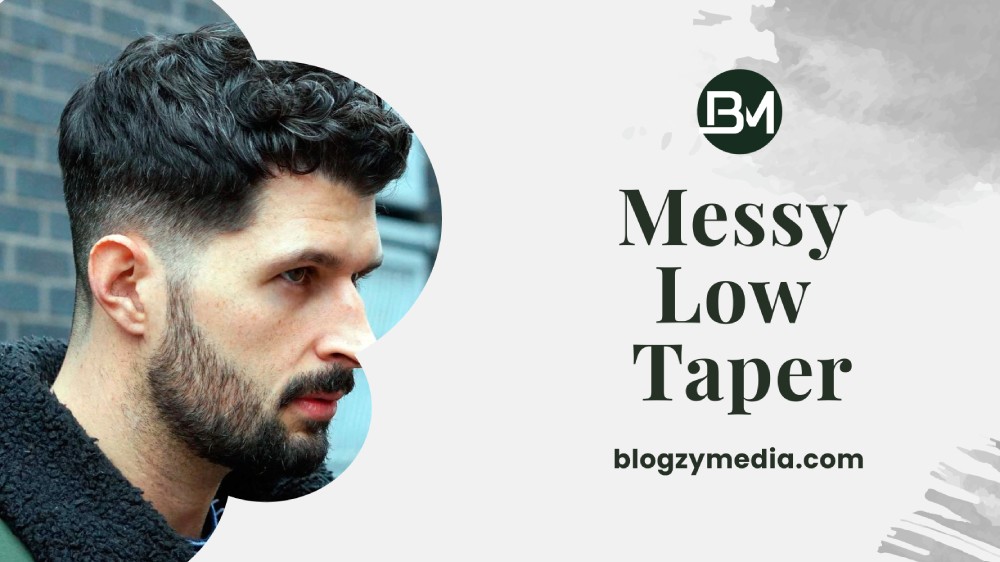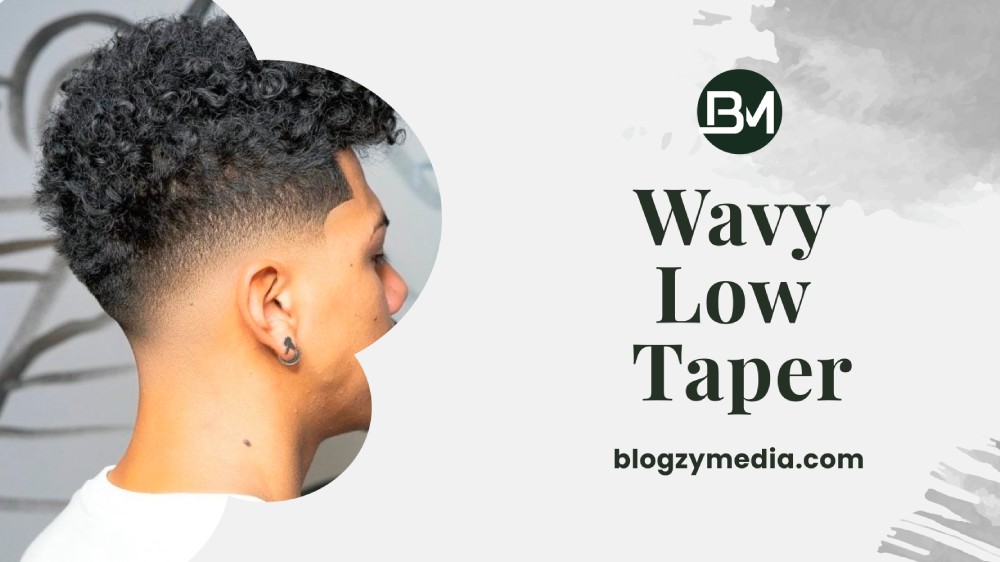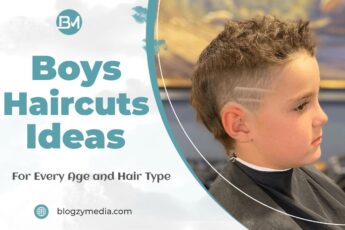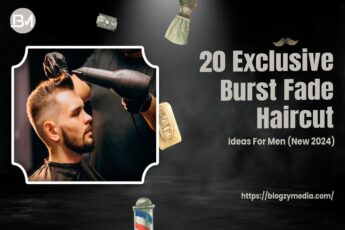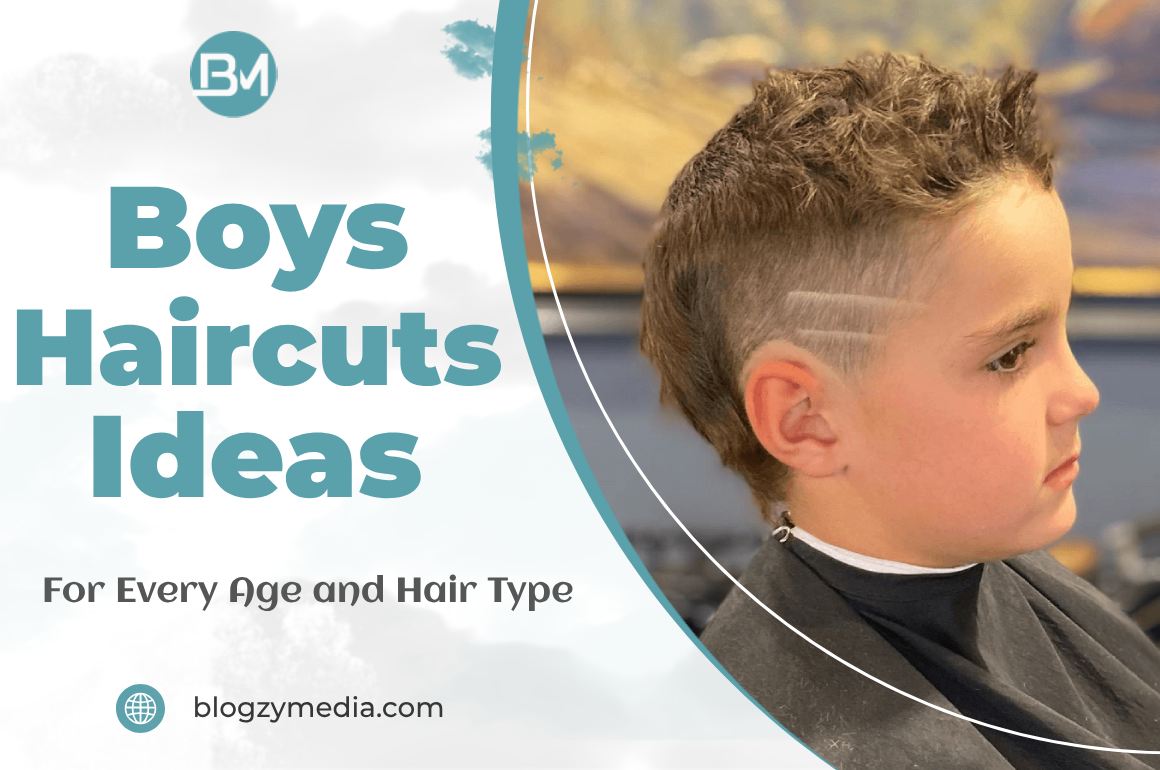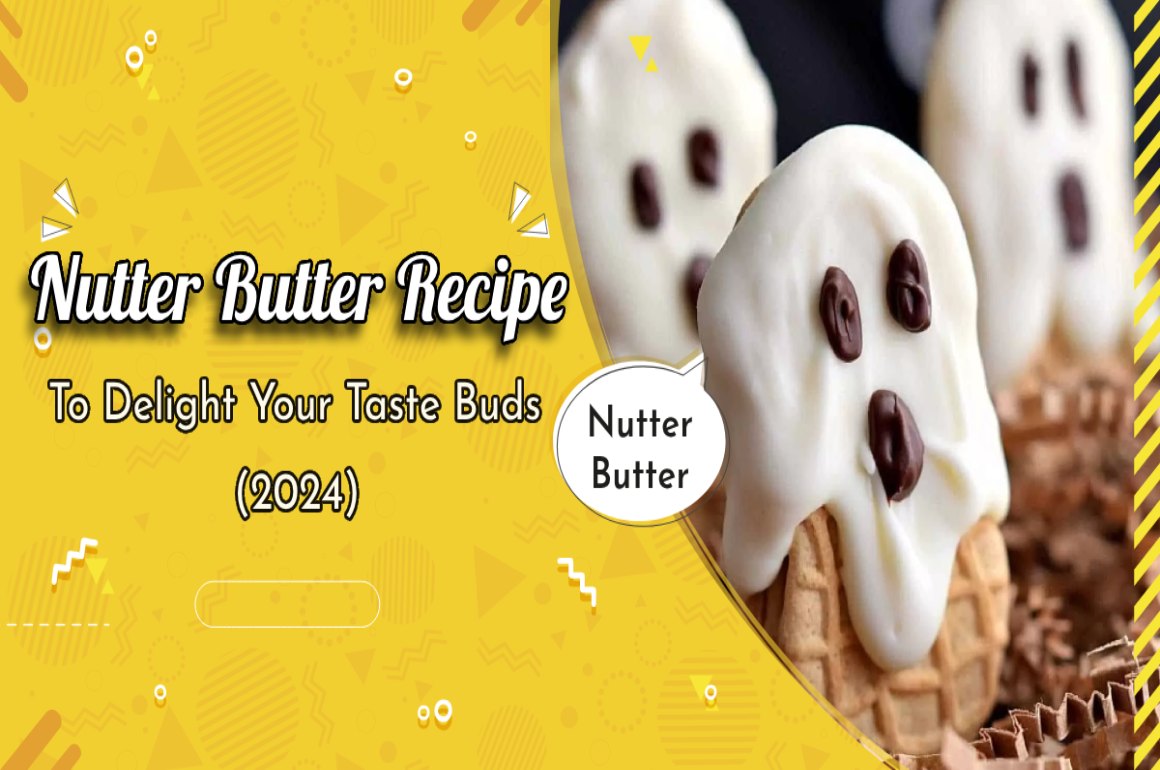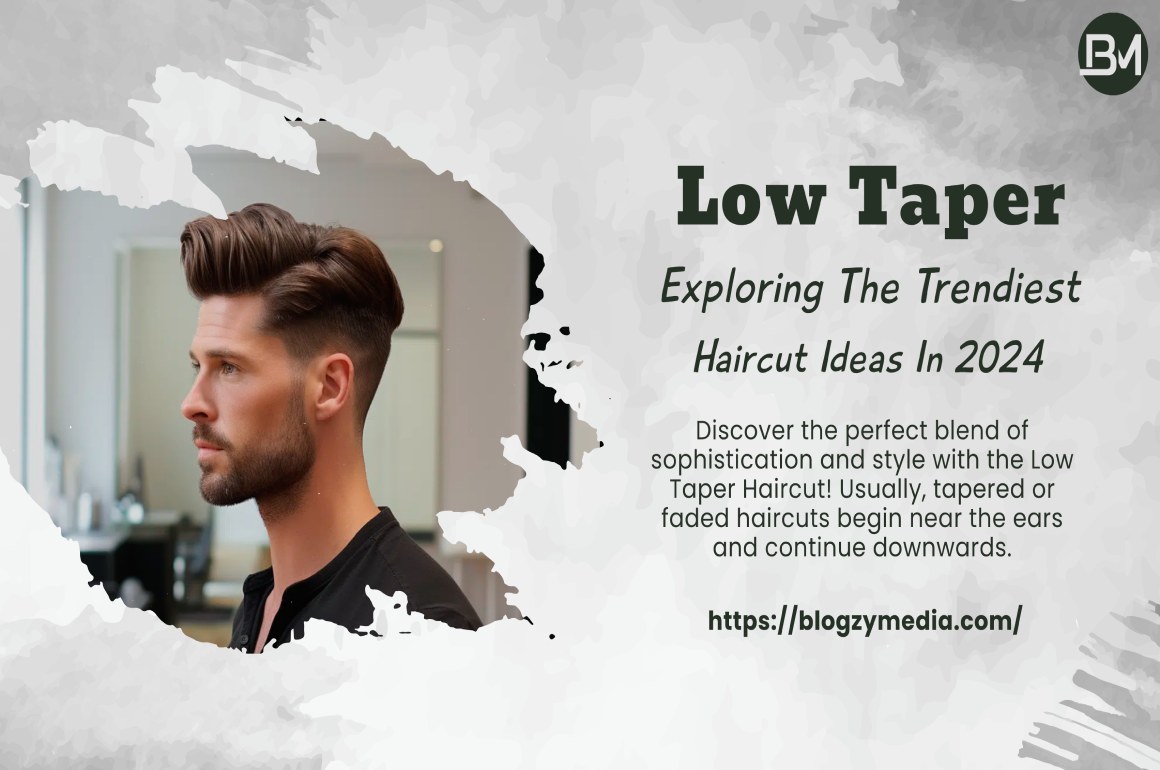
Low Taper: Exploring The Trendiest Haircut Ideas (2025)
Introduction
Discover the perfect blend of sophistication and style with the Low Taper Haircut! Usually, tapered or faded haircuts begin near the ears and continue downwards.
The advantage? Well, this is low maintenance and works for a professional vibe. Remember, not all tapers are fades, but all fades involve tapering. People often confuse the taper for a faded haircut.
Note that all faded haircuts are taper, but not all taper haircuts are fade cuts. We will explore everything about low fade in the blog below. We’ll discuss unique features, different styles, maintenance tips, and more!
What Is A Low Taper?
This haircut begins around the ears and reduces hair volume across the top, sides, and back. Offering versatility, it is suitable for both casual and professional settings.
The length of the top hair and the extent of the taper can be adjusted with a fade haircut.
Types of Fade Haircuts
Temple Fade
Temple fades can give you a faded look without shaving too much of your sideburns. A Brooklyn fade and temple taper provides a seamless transition from longer hair on top to a low taper on the sides.
In the forehead, the fade starts around the temples, which are flat and recessed. Temp fade dreads, temp fade mohawks, and messy, textured temple fades are all available.
Burst Fade
The burst fades around the ears and down the back of the head. Unlike a lower taper, the crescent shape creates a dramatic impact.
Longer hair grows toward the center of the neck back. As a result, it provides a more rounded appearance when styling. You can adjust the fade rate of the burst.
Skin Fade
Skin fades must be blended properly to make them difficult to detect. This style is trendy for its clean lines and sharp contrast.
You can customize the fade rate according to your preferences. Consequently, the length can differ from high, mid, or low.
Taper Fade
The taper fade is a unique variation of the low taper or skin fade haircut. This style blends longer hair into shorter lengths down the sides and back. There are three types of taper: low, mid, and high.
This term refers to the flawless fusion of a taper and fade haircut. The taper area extends to stubble length, while the fade aspect controls below it.
Most fade haircuts have a taper, but not all taper haircuts have a fade.
Low Fade
With a Short fade, the fading effect begins along the hairline. It starts at the ears and at the neck nape. It keeps the top hair longer, creating a balanced and understated contrast.
Lower fade include comb-overs, crop tops, quiffs, modern mullets, classic side parts, etc.
Drop Fade
The drop fade haircut is a stylish variation of the fade haircut. This haircut features a drop effect. Achieve this effect by lowering the fade at the back instead of a textured low taper cut.
The haircut adds an outline to your face while giving you more coverage around the crown. Nevertheless, this hairstyle suits a wider, rounder face shape and slim fit body.
Faux Hawk Fade
You can also call it a Faux Hawk Fade haircut. It has a faded style on the sides of your head with long hair on the top. Instead of shaving the sides bald, the hairs are generally kept short in this haircut.
The faux hawk is a less intense cut, unlike a mohawk haircut. For different faux-hawk looks, you’ll need styling products like hair gel, wax, or pomade.
Mohawk Fade
It features a strip on the central part of your hair running down the center of your head from front to back. textured low taper cut usually feature shaved sides that slowly fade into longer top hair.
It syncs well with all faded haircuts. Taper fades, mohawk skin fades, burst fades, and temple fades are some types of mohawk fades.
Comb Over Fade
As the name suggests, it combs the hair across the head with a partition to the side. You can combine this look with a low taper haircut as well.
A comb-over can boost confidence and give the illusion of thicker hair by hiding areas with less hair. You can combine this style with a low-taper haircut.
Comb-over fades, comb-over curly hair, quiff comb-overs, and comb-over undercuts are all variations.
Afro Fade
It is a famous haircut among African Americans that features gradual hair tapering. An Afro with a fade creates a sharp contrast between the hair length and the fade.
You can style an afro with tight or looser, natural-looking curls. The fade could be a high fade that starts above the temples or a low fade that begins at the neckline.
Types of Taper Haircuts
Low Taper
The fading effect starts around the ears and the neckline. It generally leaves most hair on the top longer than on the sides and bottom of the head.
It gives your look an extra dash of flare, making you stand out. The fade blends softly for a more natural look rather than a sharp fade haircut. Its natural transition is also great for formal settings.
Mid-Taper
A mid-taper usually fades around the middle of the head, like around the temple area of the head. It creates a huge difference between the top and sides of the head.
People refer to this style as the Goldilocks of taper because it’s neither too high nor too low. Most men can rock the mid-taper, especially those who want a stylish and versatile haircut.
High Taper
The fading effect begins at two inches from the top of the hair for a high-taper haircut. Thus, it leaves just a short hair tuft on top. This haircut is ideal for dense hairs because it involves shaving off the sides.
Short hair generally begins above the ear level and extends towards the temples or even higher, depending on the style.
Popular Low Taper Fade Variations
Lower Taper Curly Hair
Curly hair covers the top and sides of the head, and it begins to taper off at the bottom of the head. The fade or taper usually starts around the ears or the neckline.
There are many variations of this haircut including curly tops, curly afros, and wavy hair with a low fade haircut.
Low Taper Designs
It features intricate designs fading into the shaved area. Designs can include geometric patterns, natural elements, or personalized symbols.
You can achieve a professional look with a simple fade, or go bolder with longer hair and bolder designs.
Low Taper Straight Hair
The top section features straight hair. Meanwhile, the head bottom features a tapered fade. You can customize the length of hair on top. Additionally, it involves creating sharp lines around the temples, sideburns, and neckline.
Comb your hair over or slick it back, or embrace a textured look with loose waves or messy layers.
Low Taper Haircut Ideas
Classic Lower Taper
This haircut is a traditional and original technique. The tapering starts below the ear level and continues towards the neckline in this classic taper cut.
This well-executed classic haircut typically includes a clean and well-defined hairline. Barbers create sharp lines around the temples, sideburns, and neckline.
Textured Low Taper
It is a modern variation of a taper haircut. What sets this apart from a classic haircut is the textured layers. To achieve this texture, cut or thin specific sections of hair while creating movement and volume.
Style variations include textured quiffs, messy curls, faux hawks, and disconnected undercuts.
Slicked Back Low Taper
On top, slicked-back hair is combed away from the face before being styled backward. You can combine it with an undercut or fade haircut to get a sleek vibe.
This tapered style suits any texture, length, and occasion. There are many slick back hairstyles featuring short, medium, and long cuts.
Messy Low Taper
It features longer, textured hair on top, tapering gradually to shorter lengths on the sides and back.
It is a low-maintenance, adaptable haircut for different hair lengths and textures. For a custom touch, try different partitions and styling techniques.
Wavy Low Taper
It features natural waves on the top section of your hair. It also means incorporating wavy lines on the side fades of your head. You can style this line from the crown to the back.
It’s an ideal fit if you have thick or wavy hair. For guys with thick hair, long layers on top can add dimension and prevent the hair from becoming too heavy. Style it loose and wavy!
Low Fade vs. High Fade
The fade begins low around the ears on the back and sides of the head in the low fade or lower taper fade. Alternatively, the fading effect starts higher on the sides and back of the head in the high fade haircut.
High fade haircuts are more aggressive and suit guys who want to exude some attitude and flair.
Low Taper vs. Blowout Taper
Remember that taper is a feature while blowout is a style. Blowout is generally combined with a tapered haircut. It could be a low, mid, or high taper. Hairstyles with blown-out, high-volume tops have a tapered/faded back and sides.
Low Taper vs. Undercut
Undercut is a practical ancient invention that originated in the early 20th century. The key to this style lies in its contrasting effect. Disconnected undercuts are popular haircuts that feature a strong contrast between top and sides.
Taper haircuts do not abruptly change the length of your hair, unlike undercuts. An undercut is all about boldness. On the other hand, a taper cut showcases a gradient effect as per your style and personal shape.
Low Taper vs. Bald Fade
Getting a taper haircut means getting a buzz cut on the sides, a tapered back, and a graduated look. It’s not faded into clean skin, unlike bald fade. The bald fade is also known as skin fade. Thus, the name represents the purpose of the haircut.
Alternatively, the taper doesn’t give a faded effect. It gives you a tapering effect on the bottom and the sides. Tapered haircuts are not as close to the head as bald fades.
Low Taper vs. Pompadour
Pompadour is a voluminous style that involves combing the hair up and back in the front of your head. Combining taper with pompadour becomes your classic pompadour haircut.
The defining feature of pompadour is the styled section on top. You can wear it with undercuts, fades, taper, disconnected undercuts, pompadours, etc.
Low Taper vs. Textured Crop
The classic textured cut is also known as the ‘Caesar Cut’. It’s a trending hairstyle with short fringes dating back from the Roman Caesar’s era. People often pair it with tapered or faded sides.
The sides and backs of textured crop hairstyles are shorter. It can begin midway through your head, unlike a taper haircut. In contrast, one can style the top of a taper cut in several ways, but its front fringe is short.
How To Get Perfect Low Taper Fade Haircut (Step-by-Step Guide)
Here are your step-by-step instructions for getting your taper fade haircut! The process always starts by communicating the right thing with your barber. Let’s proceed without any further ado!
Step 1: Ask your barber
Request your barber for a low taper haircut that gradually blends into fade on the sides and back of your head. How you keep your hair on top depends on your barber’s recommendation and your style. You can also bring a reference picture to show to your barber.
Step 2: Gather tools if you want to DIY
DIY might be an ideal choice if you have some experience in haircutting skills. A comb, hair scissors, clipper guards #1 and #2, an edger, clippers, and a spray water bottle are required.
Step 3: Start cutting
Start your first haircut from the center of the hairline. Get your #1 clipper guard and clippers ready and run them about 1.5 inches long. Place your clippers close to the hairline at the nape.
Trim a line just above the ears to create a low taper. Then, go back as necessary to ensure it is straight. Comb as you go. So, all hairs point in the same direction.
Go upwards until you reach about 1.5 inches above the ears. Start trimming your second line after it’s done. Switch to the #2 clipper guard in the closed position for this second trim.
It also goes upwards about 1 inch from the original line. Now, return to your #1 clipper guard and blend the two lines in an open position.
Step 4: Blend fade lines
Blend the fade lines using a scissor-over-comb technique. Then, trim excess hairs from the faded lines in the upward direction. Place your comb upwards at a 45-degree angle of about 1-2 inches. Then, trim excess hairs with scissors.
Repeat this process until your faded lines of low taper become clean and blended.
Step 5: Blend the sides and back
To trim and blend the sides and back of your head, you can use your fingers or scissors-over-comb. However, this is quite a time-consuming section for trimming.
Step 6: Edge the hairline
Trim the excess wiry hairs at the bottom using clippers. Continue upwards near the ears and ensure not to go too deep into the hairline. Now, use an edger to clean up the hairline, then finish with gel or pomade.
Low Taper Maintenance and Styling Tips
Indulge in general hair care activities to keep your style intact. Shampoo your hair regularly every 3-4 days followed by a conditioner. Use a mild shampoo and avoid the ones with parabens or sulfates.
Never forget to use styling products like wax, pomade, or gel to provide texture to your hair on top. You can also ask your barber for a few styling recommendations.
Regular touch-ups are also crucial to maintain clean fades. Visit your barber once every few weeks to shave your fades and trim the excess hairs disturbing your overall look. On average, you need to polish a low fade haircut every 3-4 weeks.
How Does A Low Taper Differ From A Regular Taper?
Both haircuts differ in terms of a gradual decrease in hair length. The gradual reduction in hair length starts higher up on the head in the regular taper. On the flip side, it starts lower on the head in the lower fade.
The neckline in a regular taper is generally higher, and the nape area may appear more defined. The neckline in a taper is usually lower, following the natural hairline or slightly below it.
A low taper haircut is more conservative, while a regular taper haircut is more versatile.
What Tools Do Barbers Use For A Low-Taper Fade?
To create this taper haircut, barbers use clippers, scissors, combs, clipper guards, capes, spray bottles, and edgers.
Does a low taper fade Haircut suit all face shapes?
It is a good fit for an oval face, square face, and round face. Although it is a versatile haircut, it might not go well with a long face or heart-shaped face. You can also ask your barber or consult your hairstylist for more recommendations.
Can you combine a low-taper fade haircut with other hairstyle variations?
Yes, you can style it in different ways for the top section. Pompadours, textured crops, slicked backs, quiffs, faded mohawks, and curls are popular styles.
FAQs
Q.1 Can I wear hats or headgear with a low taper fade?
Yes, baseball caps and beanies are an ideal fit to style with this hairstyle. Try experimenting with other types like fedoras and find what you like the best. if you like, you can also wear parachute pants with this hairstyle.
Q.2 What Is a French Crop Haircut?
A French crop haircut is a textured crop haircut with long fringes. Blunt fringes are a distinctive feature of French crop haircuts. It’s usually trimmed to the level of the eyebrows since they’re straight across the forehead.
Q.3 How often should I get a low taper fade?
You should maintain your taper haircut and visit the barber once every 3-4 weeks.
Q.4 What is the preferred length for the hair on top with a low fade?
No, there isn’t any standard length. It can vary from short, medium to long hairs. Note to keep 0.5 to 1 inches for short, 1 to 2 inches for medium, and 2+ inches for long hairs on top for lower taper haircut.
Q.5 Can women get a low taper or high taper fade?
Yes, women can prefer getting a low fade if they are interested in these haircuts. The low fade is preferable to the high taper fade because of its conservative look.
Q.6 what are top low taper designs ideas?
Classic, Textured, Disconnected, Undercut, Low fade, Pompadour, and Slicked Back are popular designs.
Conclusion
In conclusion, the low taper haircut offers a sleek and clean look with its gradual fade. For a polished appearance, this versatile style boosts confidence and requires minimal maintenance. This haircut offers simplicity and sophistication, resulting in a stylish look.
The purpose of a new haircut is not just to change your look but also to embrace a new way of thinking. So, are you ready to rock the world and turn heads wherever you are? Let your hairstyle speak!


